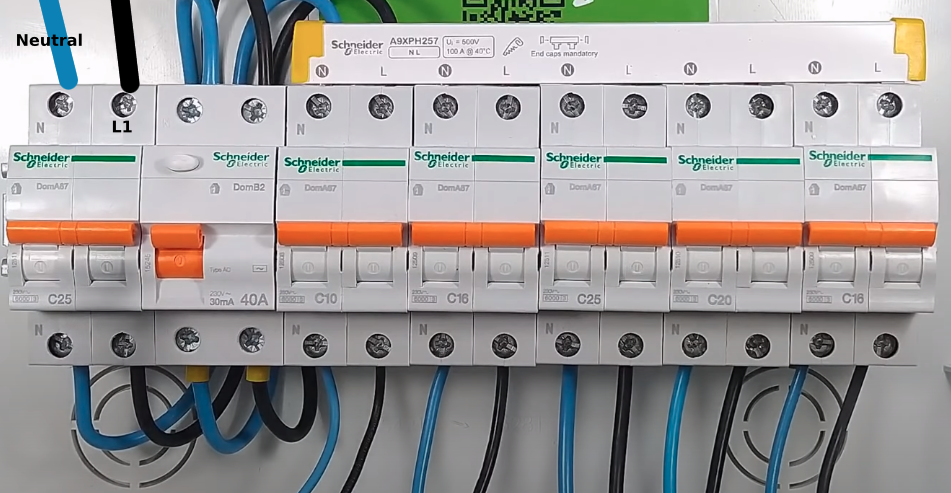i'm still learning about the electrical panel installation. I've seen a lot of videos about this type of box:
And i already know that you have two live wires, one Neutral for the bus bar and a Ground.
But here is my question. I've also seen some video on this type of box (image below) i think is a DIN RAIL or miniature panel (not sure of the name)
How do you do a 220 Installation because almost all the videos are one Live, one Neutral, One ground.
So How do you make a 220 installation for this type of box:
Thanks



